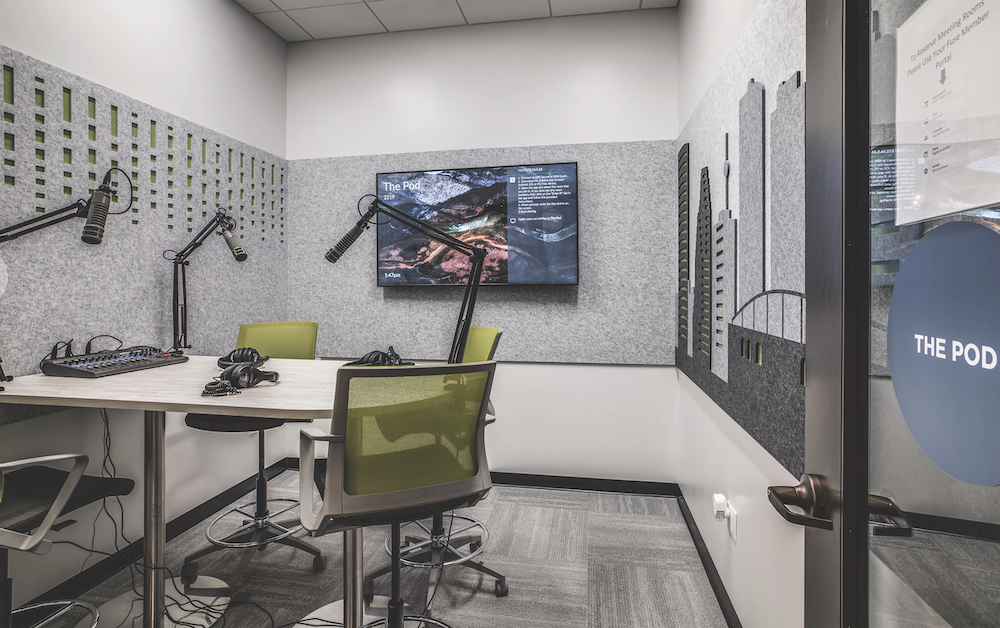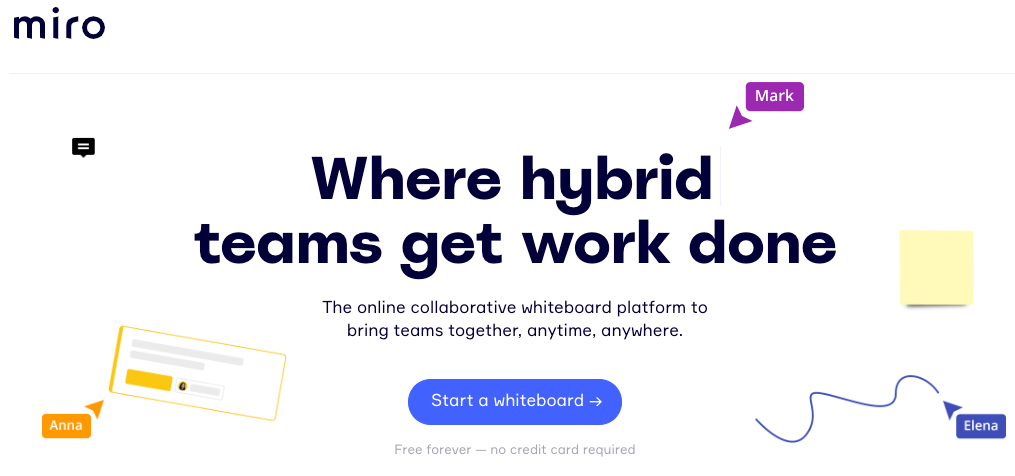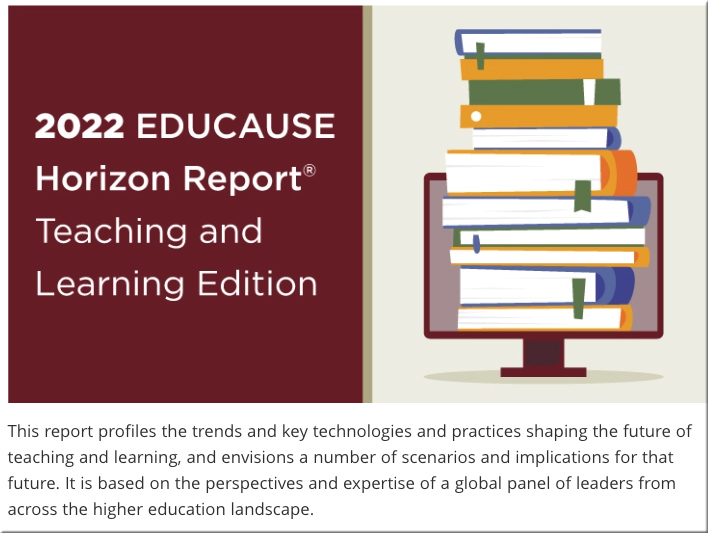Also see:
What The Future Of Technology In The Workplace Means For Office Design And Operations — from workdesign.com by Mara Hauser
Excerpt:
Advances in technology continue to influence the workplace as corporate entities and coworking operators are confronted with modern challenges surrounding productivity and collaboration. We lead teams to execute intentional designs that reflect brand vision and produce lively, productive workspaces. With the growing demand from employees for workplace flexibility, these technological advancements must be reflected in both office design and business practices in order to add value and ultimately achieve operational excellence.
.
 Podcasting studio at FUSE Workspace in Houston, TX.
Podcasting studio at FUSE Workspace in Houston, TX.
The Pandemic’s Lasting Lessons for Colleges, From Academic Innovation Leaders — from edsurge.com by Nadia Tamez-Robledo, Rebecca Koenig, and Jeffrey R. Young
Excerpts:
“Universities are in the business of knowledge, but universities do a very poor job of managing their own knowledge and strategy,” says Brian Fleming, associate vice chancellor of learning ecosystem development at Northeastern University. “You may have faculty members who study organizational development, but none of that gets applied to the university.”
…
University leaders should learn to think more like futurists, he argues, working to imagine scenarios that might need planning for but are beyond the usual one-year or five-year planning cycles.
The pandemic prompted more faculty to ask the question, “What do we actually want to use class time for?” says Tyler Roeger, director of the center for the enhancement of teaching and learning at Elgin Community College. And the answer many of them are landing on, he adds, is: “Actual face-to-face time can be dedicated to problem-working, and working in groups together.”
2022 EDUCAUSE Horizon Report | Teaching and Learning Edition — from library.educause.edu
Sections include:
- Trends: Scanning the Horizon
- Key Technologies & Practices
- Scenarios
- Implications: What Do We Do Now?
Also relevant/see:
Also relevant/see:
2022 Educause Horizon Report Suggests Change Is Here to Stay; No Return to ‘Normal’ — from campustechnology.com by Rhea Kelly
Excerpt:
If the COVID-19 pandemic has been a time of unprecedented change in higher education — characterized by rapid pivots to remote work and learning and an explosion in the use of technology across the institution — the future is about reframing those changes into long-term realities, according to the 2022 Educause Horizon Report Teaching and Learning Edition, released this week. Colleges and universities are shifting their mindsets to “reflect an evolution from short-term ’emergency’ or ‘reactive’ modes of offering education during extraordinary circumstances to making strategic and sustainable investments in a future that will be very much unlike our past,” the report suggested.
6 Technologies and Practices Impacting the Future of Higher Education — from campustechnology.com by Rhea Kelly
Teaching: Fresh Approaches to Faculty Development — from chronicle.com by Beckie Supiano
Excerpt:
Baranovic can’t imagine returning to the old model: He’s sticking to panels in Zoom. Among the benefits, he says: “This arrangement breaks institutional silos, allows faculty to talk more about their experiences, shares effective practices from sources faculty trust (their peers), creates a stronger sense of community, makes it easy for panelists (they receive the questions ahead of time if they want to prepare, but because they’re speaking to experience, they don’t really have to prepare), and creates a form of support that works like therapy but doesn’t feel like therapy.”
Next, Baranovic hopes to turn the panels into a podcast format for professors unable to attend in real time.
From DSC:
As someone who had been involved with Teaching & Learning Centers for years, I can tell you that it’s very disheartening to put together a training session for faculty members and have very few — if any — people show up for it. It’s a waste of time and it leaves the T&L staff and/or IT staff members feeling discouraged and unvalued.
Over the years, I developed a preference for putting things into an asynchronous digital format for faculty members and adjunct faculty members to access per their own schedules. The institutions that I was working for got a greater ROI from those sessions and they were able to visit an internal “course” or website to reference those materials on-demand.
I also like the idea of podcasting here, but that takes a lot of time and effort — and isn’t always possible when you are one person trying to assist hundreds of faculty members (from a technical support and an LMS admin standpoint).
As an Instructional Designer, I also want to comment that it’s hard to help steer a car if you can’t even get into the car. Those institutions that are using team-based approaches will be far more successful in designing and developing more polished, effective, accessible learning experiences. Very few people can do it all.














